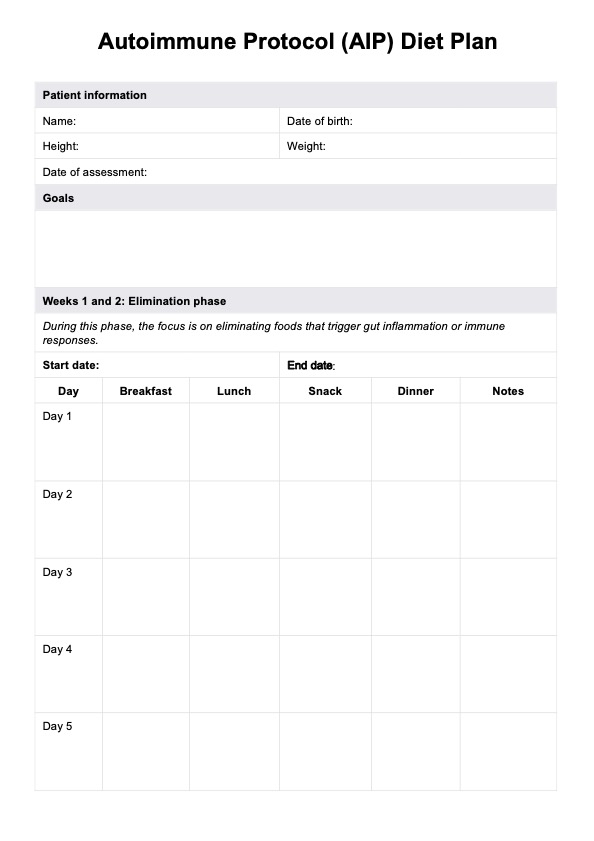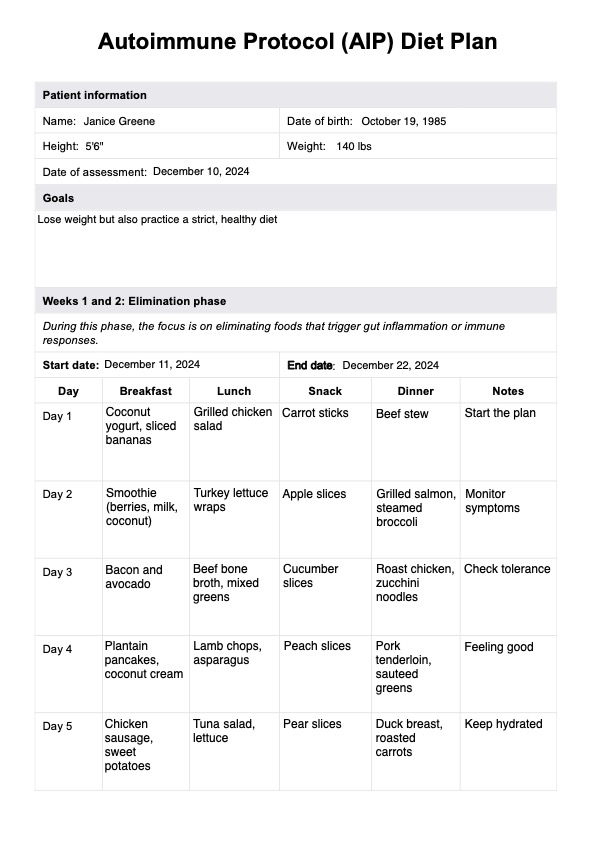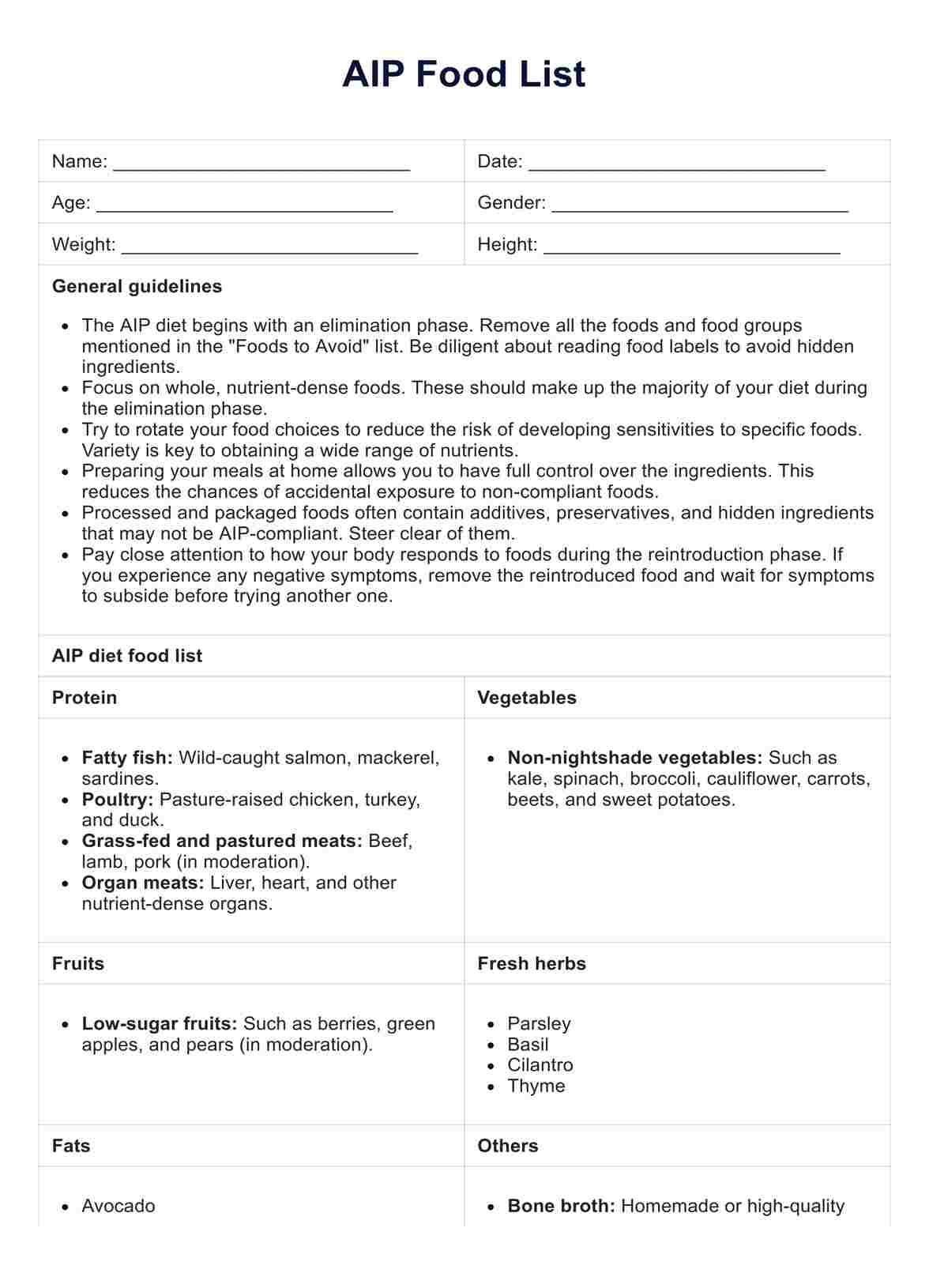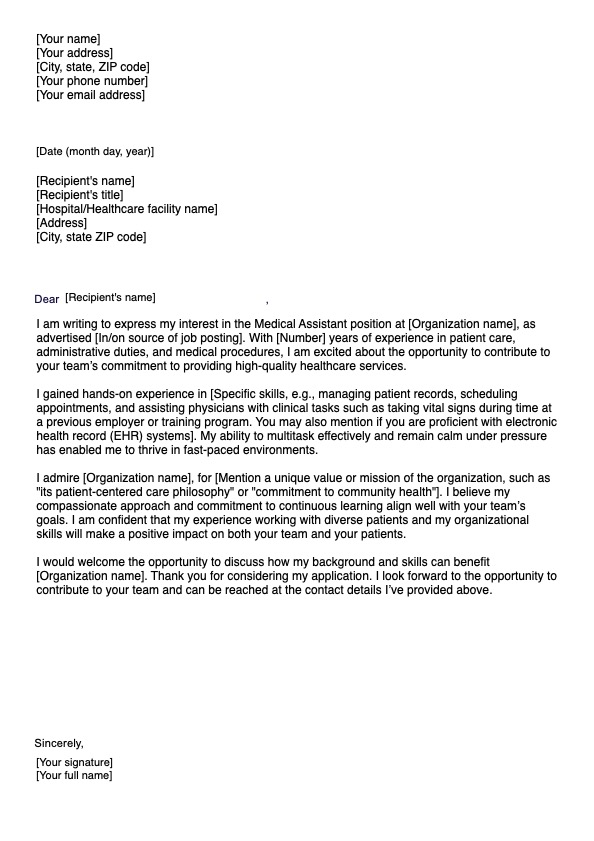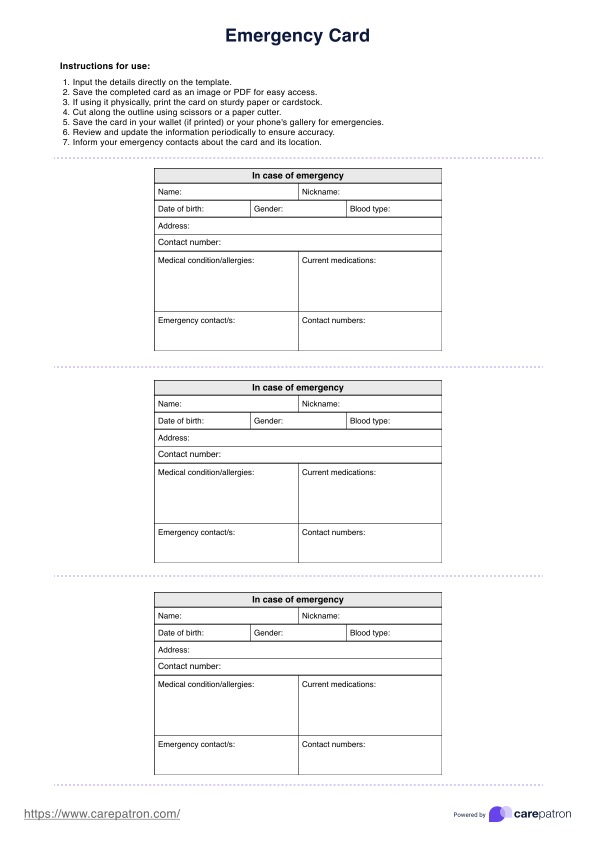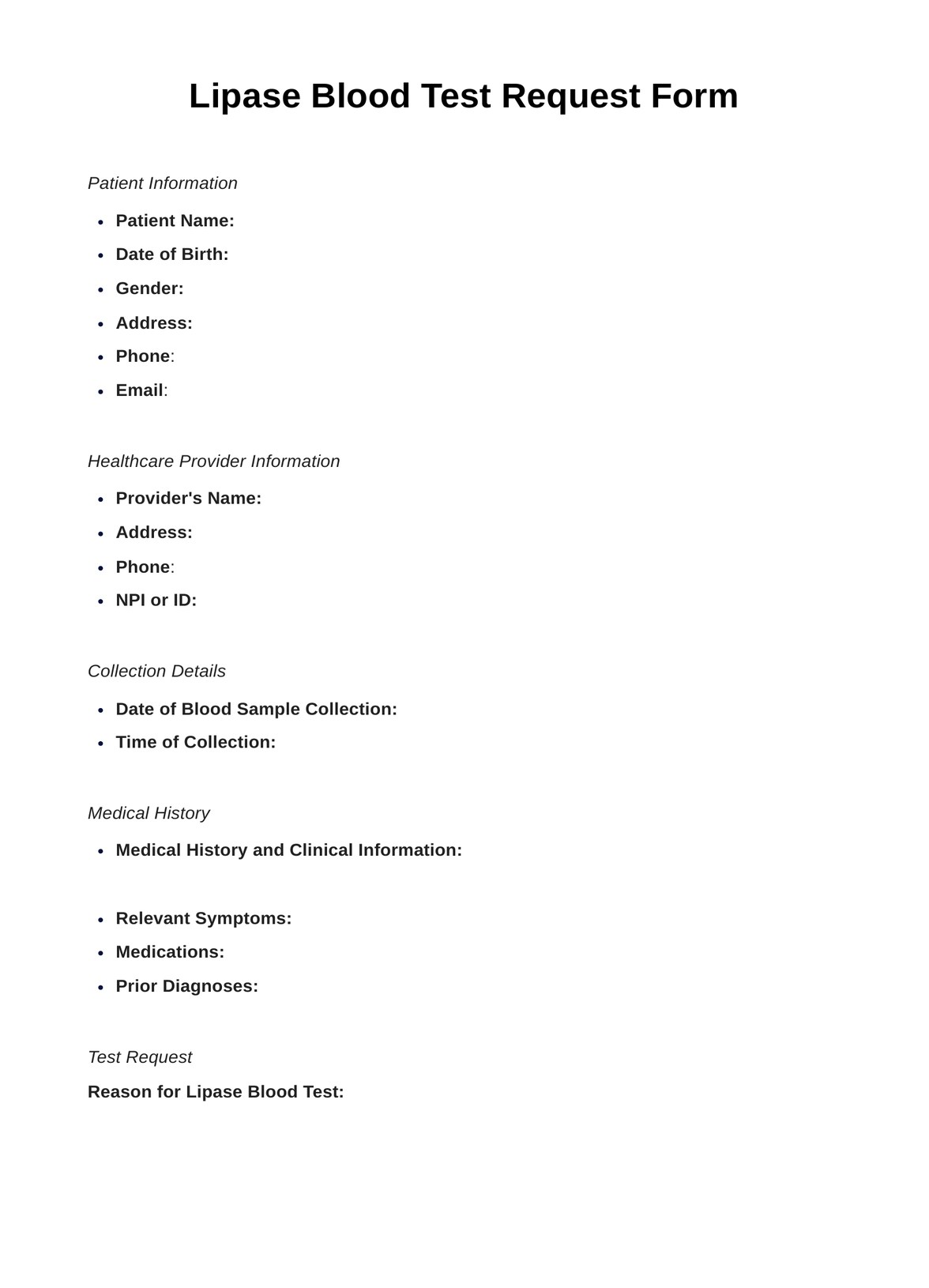AIP Diet Plan
Discover the AIP Diet Plan: Your essential guide to managing autoimmune conditions with dietary choices.


What Is an AIP Diet Plan?
Autoimmune protocol or autoimmune paleo (AIP) diets are a variation of an elimination diet that seeks to eliminate food items that trigger inflammatory symptoms amongst autoimmune individuals (Ruscio, 2022). Autoimmune disorders such as Hashimoto’s thyroiditis, lupus, and rheumatoid arthritis occur when an individual’s immune system mistakenly targets pathogens, healthy organs, and body tissues, leading to chronic inflammation.
Chronic inflammation can lead to further symptoms and worsen symptoms of autoimmune diseases, often resulting in swelling, pain, fatigue, and skin rashes, which can be incredibly overwhelming for autoimmune individuals (Ruscio, 2022; Zakrzewski, 2022). The AIP diet can be beneficial in reducing inflammation by eliminating inflammatory foods contributing to symptoms and maintaining autoimmune symptoms at lower, more manageable levels (Ruscio, 2022).
Additionally, anti-inflammatory foods, such as those high in antioxidants, can remove free inflammatory radicals from the body to reduce inflammation (Chandrasekaran et al., cited in Ruscio, 2022).
The AIP diet follows a typical elimination diet, beginning with an elimination phase that eliminates all potentially inflammatory foods while opting for nutrient-dense options such as bone broth, brightly-colored vegetables, and fermented foods (Phelps, 2023). This is followed by the reintroduction phase, where food items on the elimination list are introduced back into the diet every 72 hours.
In this phase, individuals are encouraged to document any symptoms or experiences. If they experience any adverse symptoms, they should stop eating the food immediately. Additionally, they should only move on to the next food item once symptoms are apparent (Zakrewski, 2022).
The final phase is the maintenance phase, where individuals continue to avoid the eliminated, triggering foods while consuming the foods without symptoms established during the reintroduction phase (Cleveland Clinic, 2023).
An AIP Diet Plan is a resource designed to simplify the AIP diet by providing a comprehensive guide that breaks down the process into simple, manageable steps. Individuals and healthcare providers, such as registered dieticians and general practitioners, can use this plan to guide their approach to the AIP diet to reduce inflammation's effects and enhance autoimmune individuals' well-being.
AIP Diet Plan Template
AIP Diet Plan Example
How Does It Work?
Carepatron’s Printable AIP Diet Plan can help support your or a client’s journey to reducing inflammation and alleviating some autoimmune disease symptoms. The plan breaks down the phases of the AIP diet, from which individuals can identify foods they will be eliminating, including, or reintroducing throughout the phases that can be easily personalized to fit their tastes and dietary preferences.
Here’s how to use our diet plan:
Step 1: Obtain the AIP Diet Plan
Access our Printable AIP Diet Plan here, or download the PDF version as a reference. This can be used as an initial roadmap to guide the three phases, aid documentation, and produce a list of inflammatory foods that should be eliminated and implemented in the normal diet.
Step 2: Consultation
Before beginning the diet, clients should schedule an appointment with their healthcare provider to see if following this diet plan is for them. Within this consultation, healthcare providers may discuss and document information regarding autoimmune symptoms, routine measurements, medical history, dietary restrictions, current diet, and suspected inflammatory foods.
Step 3: Phase Planning
After establishing a list of suspected foods, clients and healthcare providers can begin planning the diet's elimination, maintenance, and reintroduction phases. This will include the foods to eliminate and subsequently reintroduce and establish the durations of each phase. Note that duration will likely depend on the number of eliminated foods included.
Step 4: Meal Planning
After establishing the foods to eliminate and include at each phase, it would be beneficial to list some meal and snack options. Doing this can help individuals adhere to the diet and avoid further inflammation or worsened symptoms.
Step 5: Ongoing Monitoring and Support
It is recommended that clients keep a food diary to monitor changes in inflammation or autoimmune symptoms they experience during each phase. This would be particularly important during the reintroduction phase, where clients and healthcare providers can document any symptoms experienced as foods are reintroduced back to the diet.
Furthermore, tracking food-related changes can help keep track of progress and identify causes of inflammation, where they can gain further advice, treatment, or support from healthcare providers.
When Would You Use This Plan?
The AIP Diet Plan can be used for individuals with autoimmune conditions experiencing food-related worsening symptoms or suspect inflammatory foods playing a role in their symptoms but have not received a formal diagnosis. It is also suitable for individuals without autoimmune conditions.
However, it is recommended that taking this dietary approach should be done by referral following consultation with a healthcare provider. Additionally, individuals who are pregnant, underweight, or experiencing malnourishment are not recommended to follow this diet plan (Starkman, 2023).
Scenarios may include: :
- Reduce Chronic Inflammation: For individuals experiencing chronic inflammation or autoimmune disorders, such as psoriasis or celiac disease, this diet plan can help identify inflammatory and anti-inflammatory foods that may have a role in inflammation and symptoms. These can then inform dietary strategies for long-term health and management of chronic inflammation and autoimmune symptoms (Cleveland Clinic, 2023).
- Reduce Symptoms of Autoimmune Disorders: Following this diet plan may enhance adherence to the AIP diet, allowing individuals with autoimmune conditions to identify foods that may be heightening their symptoms. This can then inform long-term dietary management to minimize disease-related symptoms (Petre, 2023).
- Gut Healing: Ongoing consumption of certain foods may slowly erode intestinal barriers and gut linings within the digestive system, resulting in conditions like leaky gut. Following this diet plan may eliminate inflammatory foods and introduce gut-friendly bacteria back into the digestive system, promoting it to heal (Cleveland Clinic, 2023).
What Do the Results Mean?
Experiences of the AIP Diet Plan may vary across individuals depending on numerous influencing factors. These may include lifestyle behaviors, genetics, autoimmune condition symptoms, previous medical history, and adherence to the diet plan. The following are some everyday experiences and what they may mean for an individual:
Reduced Inflammation
Eliminating inflammatory foods during the AIP diet plan may eliminate or reduce the body’s immune responses to these food particles, reducing prolonged inflammation. Furthermore, consuming anti-inflammatory foods may help remove the free inflammatory radicals in the body, reducing inflammation and associated symptoms.
Improved Symptoms
By eliminating inflammatory foods from the diet, the body is less likely to release an immune response, which can cause autoimmune symptoms related to inflammation.
Enhanced Digestive Health
Clients can heal their digestive system and gut lining by following the AIP diet and eliminating inflammatory foods. This can help alleviate leaky gut or irritable bowel syndrome symptoms such as painful bloating, excessive flatulence, and stomach pain.
Enhanced Dietary Management
The AIP Diet Plan seeks to build a lifelong dietary management plan that eliminates inflammatory foods while including various food groups to ensure the mind and body get the nutrients they need to function effectively. By using this plan, individuals will have comprehensive documentation of their journey and a personalized dietary approach they can maintain for the rest of their lives.
The journey to alleviating autoimmune symptoms and chronic inflammation can begin here. By accessing our Free AIP Diet Plan, you will receive a thorough, user-friendly guide to the AIP diet to inform a personalized approach to dietary management that allows you to flourish.
Research & Evidence
Autoimmune conditions arise when the immune system elicits an immune response that mistakes its tissues, organs, and pathogens as foreign invaders. As a result, individuals may experience symptoms such as fatigue, gut issues, bloating, or chronic pain, depending on which body areas are attacked (Cleveland Clinic, 2023; Ruscio, 2022).
Approximately 16% of individuals in the United States of America are affected by autoimmune conditions like Hashimoto’s thyroiditis, lupus, and celiac disease, and the prevalence of these conditions is increasing (Ruscio, 2022).
The persistence and symptomology of autoimmune conditions have been associated with prolonged inflammation in the body, where research studies have associated inflammation with the consumption of certain foods, which may erode intestinal barriers, leading to a leaky gut (Cleveland Clinic, 2023).
A leaky gut can reduce the gut’s immunity and function, changing the gut lining from low to high permeability, allowing foreign particles and food waste to enter the bloodstream, potentially heightening inflammation further (Petre, 2023). Alternatively, establishing a healthy gut environment can return the low permeability of the intestinal barriers, reducing inflammation and achieving symptom relief.
AIP diets have been observed to improve conditions and symptoms of autoimmune diseases. A research study by Abbott and colleagues observed that 10-week adherence to the AIP diet decreased inflammation by 29% and disease-related symptoms of Hashimoto’s thyroiditis by 68% (Abbott et al., 2019).
Additionally, patients experiencing inflammatory bowel disease reported improved quality of life following an 11-week AIP diet plan (Chandrasekaran et al., cited in Ruscio, 2022).
Following an AIP Diet Plan can help stabilize, monitor, and reduce symptoms related to autoimmune diseases and reduce the onset of autoimmune diseases. This can help individuals achieve long-term dietary management, promoting digestive health and overall well-being.
References
Abbott, R., Sadowski, A., Alt, A. G., (2019). Efficacy of the Autoimmune Protocol Diet as Part of a Multi-disciplinary, Supported Lifestyle Intervention for Hashimoto’s Thyroiditis. Cureus, 11(4). doi: 10.7759/cureus.4556
Cleveland Clinic (2023). A Little of This and That: Your Guide to the AIP Diet. Health Essentials, Cleveland Clinic. https://health.clevelandclinic.org/aip-diet-autoimmune-protocol-diet/
Petre, A. (2023). AIP (Autoimmune Protocol) Diet: A Beginner’s Guide. Healthline.com. https://www.healthline.com/nutrition/aip-diet-autoimmune-protocol-diet
Phelps, N. (2023). AIP Diet: Food List and Meal Plan. Chomps.com. https://chomps.com/blogs/nutrition-sustainability-news/aip-diet
Ruscio, M. (2022). When and How to Use the Autoimmune Protocol Diet for Hashimoto’s IBD, and More. A Guide to the AIP Diet for Beginners. https://drruscio.com/aip-diet-for-beginners/
Starkman, E. (2023). The Autoimmune Protocol Diet. WebMD. https://www.webmd.com/diet/autoimmune-protocol-diet
Zakrewski, J. (2022). AIP Diet for Beginners: What to Know About the AIP Diet. Nourish. https://www.usenourish.com/blog/aip-diet-plan
Commonly asked questions
An AIP Diet Plan may be requested by an individual experiencing inflammation with certain foods or worsened symptoms of autoimmune diseases. Additionally, individuals expressing signs of poor gut health, such as cramping, painful bloating, excessive flatulence, or fatigue, may be recommended to try the AIP diet plan as a final dietary testing and management strategy.
AIP Diet Plans can be used for various scenarios but are typically used to identify foods that may be inflammatory and worsening symptoms of autoimmune conditions.
AIP Diet Plans are resources that can guide the AIP diet, including how to structure each of the three phases involved. This can help individuals and healthcare providers identify which foods may be inflammatory or worsening autoimmune symptoms, helping establish an approach to dietary management that alleviates these effects.
The duration of an AIP Diet Plan varies depending on the number of suspected inflammatory foods that are being tested. Individuals testing more suspected foods tend to use the AIP diet for a longer amount of time than individuals trying fewer food items.


